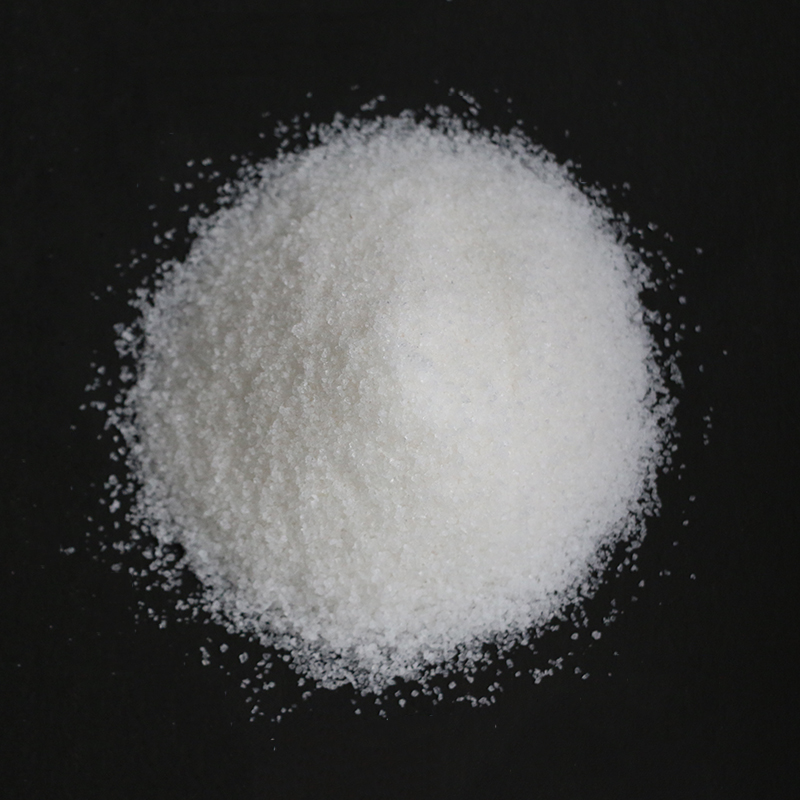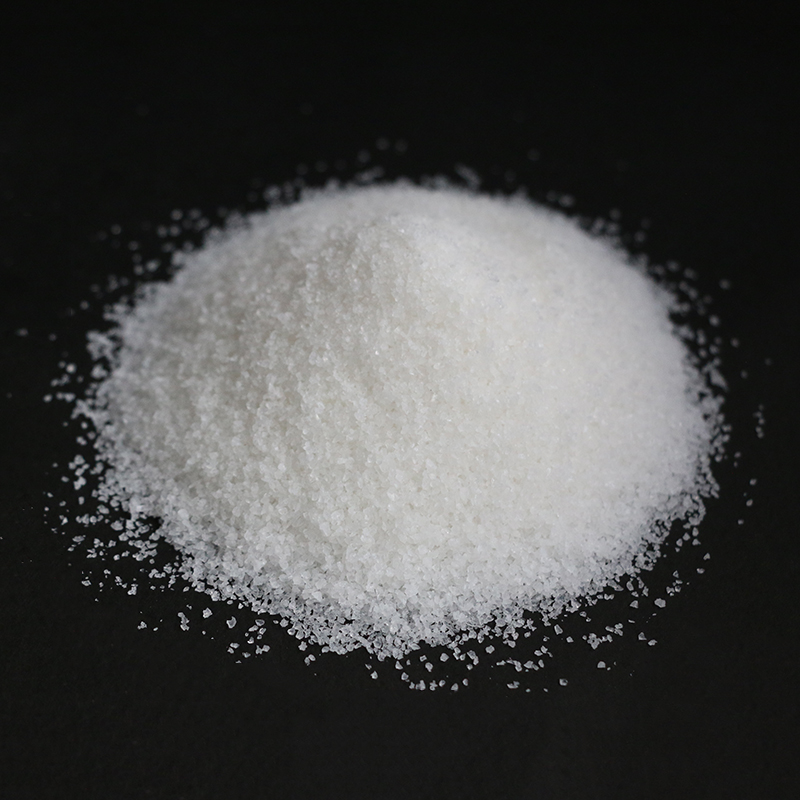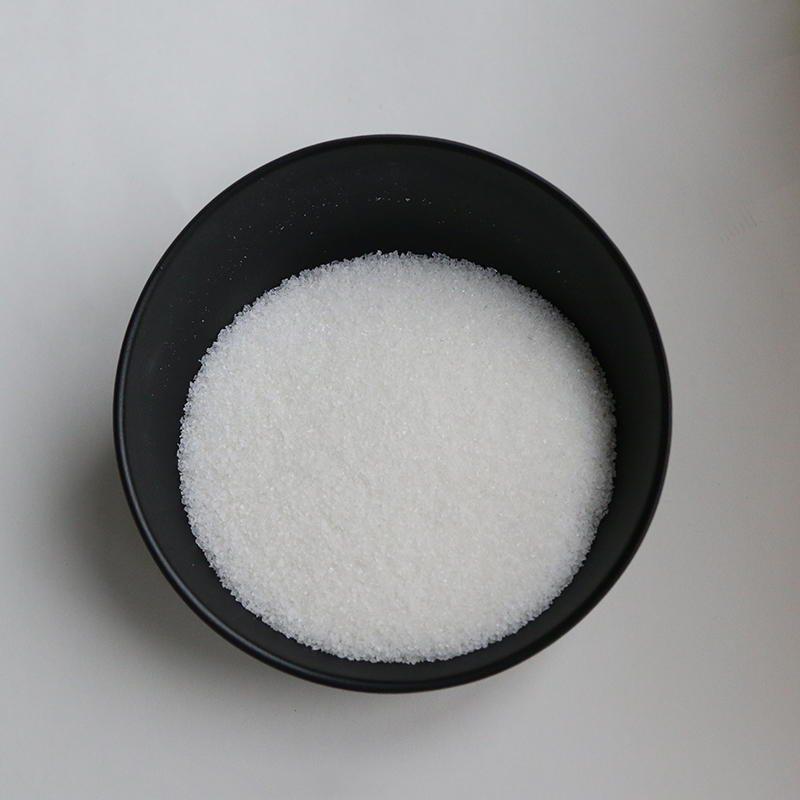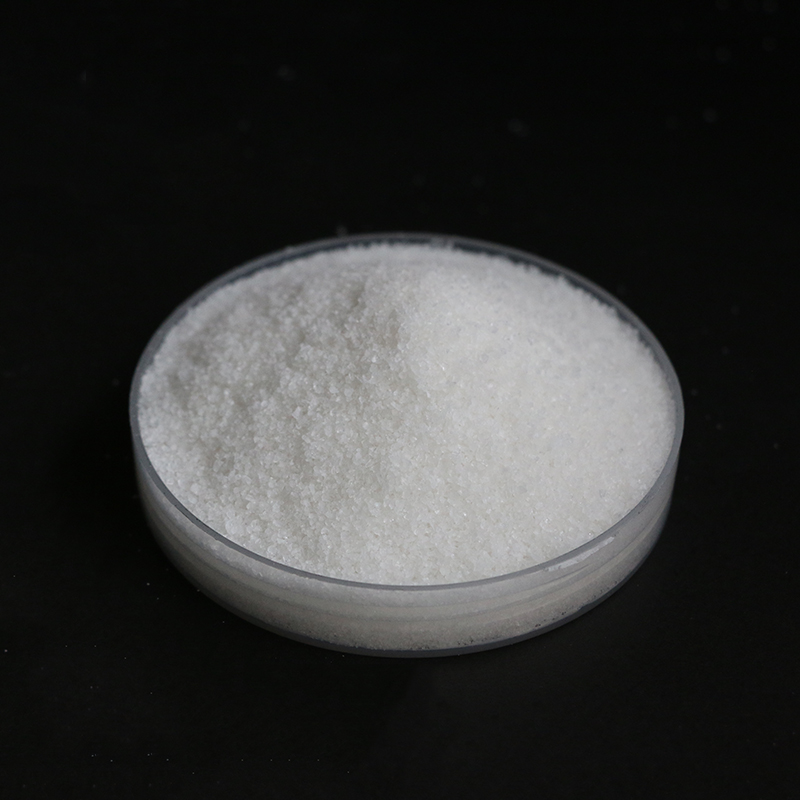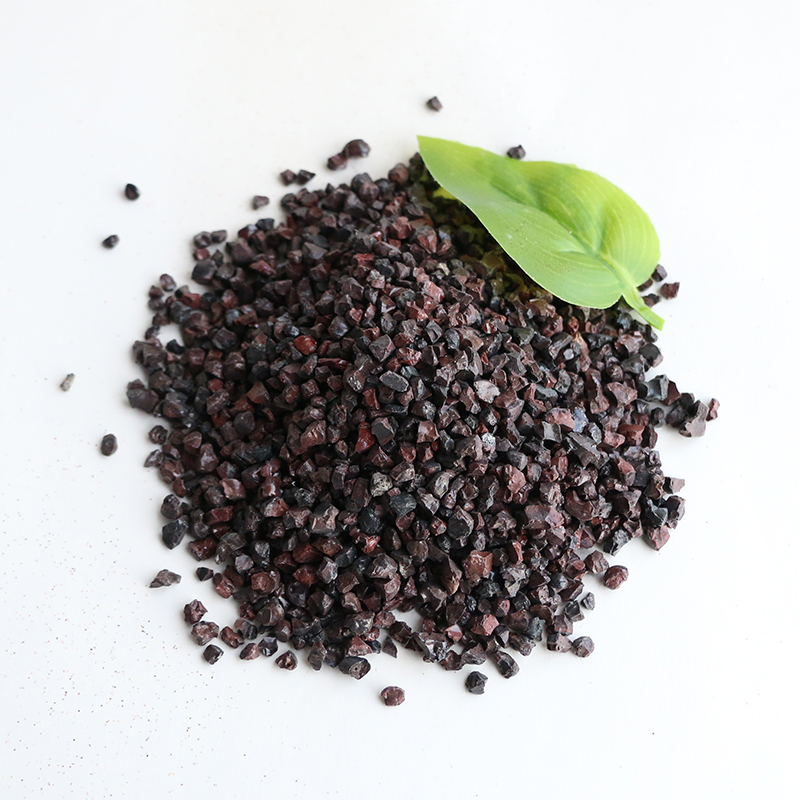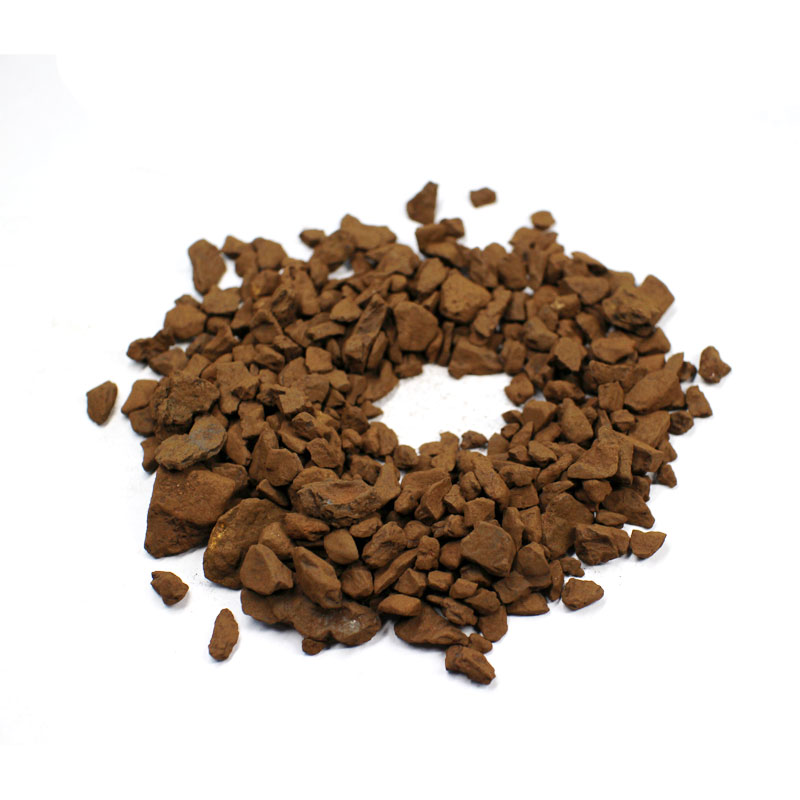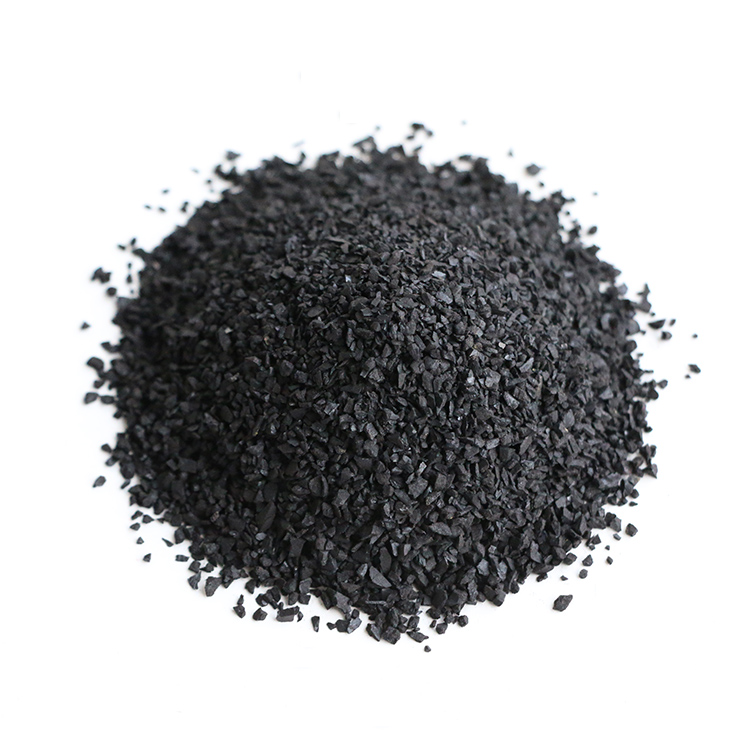Polyacrylamide(PAM)
Overview of PAM
Polyacrylamide (PAM) is a high-molecular-weight polymer used globally in B2B settings for flocculation, thickening, and water clarification. Available in anionic, cationic, nonionic, and amphoteric forms, it helps industrial buyers improve processes in water treatment, oil & gas, and more. Key benefits include cost-effective performance and low residual toxicity, with typical packaging in 25kg bags for easy export. For compliance, products often align with ISO 9001 for quality and REACH for safety in international markets.
Choosing the Right Grade
Match PAM grade to your application’s pH and material charge: anionic for alkaline wastewater, cationic for acidic sludge. Typical specs include solid content over 89% and dissolution under 90 minutes. Start with low dosages (e.g., 0.1-5 mg/L) and adjust based on testing.
Safety and Handling Tips
Store in cool, dry areas with a 2-year shelf life. Use gloves and masks during handling; it’s non-toxic but slippery when wet. Follow local regulations like RoHS for electronics-related uses.
Amphoteric Polyacrylamide Specification Sheet
| Category | Parameter | Typical Value/Range | Units/Notes |
|---|---|---|---|
| Physical Properties | Appearance | White powder | – |
| Solid Content | ≥88 | % | |
| Particle Size | 20-100 | Mesh | |
| Chemical Properties | Molecular Weight | High (8-15) | Million Da |
| Cationic Charge | 5-10 | % | |
| Anionic Charge | 20-30 | % | |
| Residual Monomer | ≤0.05 | % | |
| Performance | Dissolution Rate | 60-90 | Minutes |
| Viscosity (0.1% solution) | 4-7 | cP | |
| Effective pH Range | Variable (1-14) | – | |
| Usage & Storage | Recommended Dosage | 1-8 | mg/L |
| Shelf Life | 2 | Years | |
| Packaging | 25 kg bags or 750 kg jumbo | – | |
| Compliance | Standards | GB/T 17514-2017, REACH, ISO 9001 | – |
Nonionic Polyacrylamide (NPAM) Specification Sheet
| Category | Parameter | Typical Value/Range | Units/Notes |
|---|---|---|---|
| Physical Properties | Appearance | White granular/powder | – |
| Solid Content | ≥89 | % | |
| Particle Size | 20-100 | Mesh | |
| Chemical Properties | Molecular Weight | 3-12 | Million Da |
| Ion Degree | ≤5 | % | |
| Residual Monomer | ≤0.05 | % | |
| Performance | Dissolution Rate | ≤90 | Minutes |
| Viscosity (0.1% solution) | 3-5 | cP | |
| Effective pH Range | 1-8 | – | |
| Usage & Storage | Recommended Dosage | 0.5-5 | mg/L |
| Shelf Life | 2 | Years | |
| Packaging | 25 kg bags or 750 kg jumbo | – | |
| Compliance | Standards | GB/T 17514-2017, REACH, ISO 9001 | – |
Anionic Polyacrylamide (APAM) Specification Sheet
| Category | Parameter | Typical Value/Range | Units/Notes |
|---|---|---|---|
| Physical Properties | Appearance | White granular/powder | – |
| Solid Content | ≥90 | % | |
| Particle Size | 20-100 | Mesh | |
| Chemical Properties | Molecular Weight | 8-25 (often 18-22) | Million Da |
| Degree of Hydrolysis | 10-30 | % | |
| Charge Density | Medium to high | – | |
| Residual Monomer | ≤0.05 | % | |
| Performance | Dissolution Rate | ≤90 | Minutes |
| Viscosity (0.1% solution) | 5-7 | cP | |
| Effective pH Range | 7-14 | – | |
| Usage & Storage | Recommended Dosage | 0.1-5 | mg/L |
| Shelf Life | 2 | Years | |
| Packaging | 25 kg bags or 750 kg jumbo | – | |
| Compliance | Standards | GB/T 17514-2017, REACH, ISO 9001 | – |
Cationic Polyacrylamide (CPAM) Specification Sheet
| Category | Parameter | Typical Value/Range | Units/Notes |
|---|---|---|---|
| Physical Properties | Appearance | White granular/powder | – |
| Solid Content | ≥90 | % | |
| Particle Size | 20-100 | Mesh | |
| Chemical Properties | Molecular Weight | 8-12 | Million Da |
| Ion Degree/Charge Density | 10-60 | % | |
| Residual Monomer | ≤0.05 | % | |
| Performance | Dissolution Rate | 40-60 | Minutes |
| Viscosity (0.1% solution) | 4-6 | cP | |
| Effective pH Range | 1-14 | – | |
| Usage & Storage | Recommended Dosage | 1-10 | mg/L |
| Shelf Life | 2 | Years | |
| Packaging | 25 kg bags or 750 kg jumbo | – | |
| Compliance | Standards | GB/T 17514-2017, REACH, ISO 9001 | – |
Customer Reviews
We switched to YONGRUIDA for the activated carbon in our municipal water treatment facility, and the consistency has been remarkable. Their product reliably meets specifications batch after batch, which is critical for our compliance. The Certificate of Analysis with every shipment gives us complete peace of mind.
— David Chen
The technical support from the YONGRUIDA team was invaluable. They analyzed our wastewater stream and recommended a specific grade of GAC that increased our contaminant removal efficiency by over 20%. They are more than a supplier; they are a genuine partner in solving our operational challenges.
— Maria Garcia

